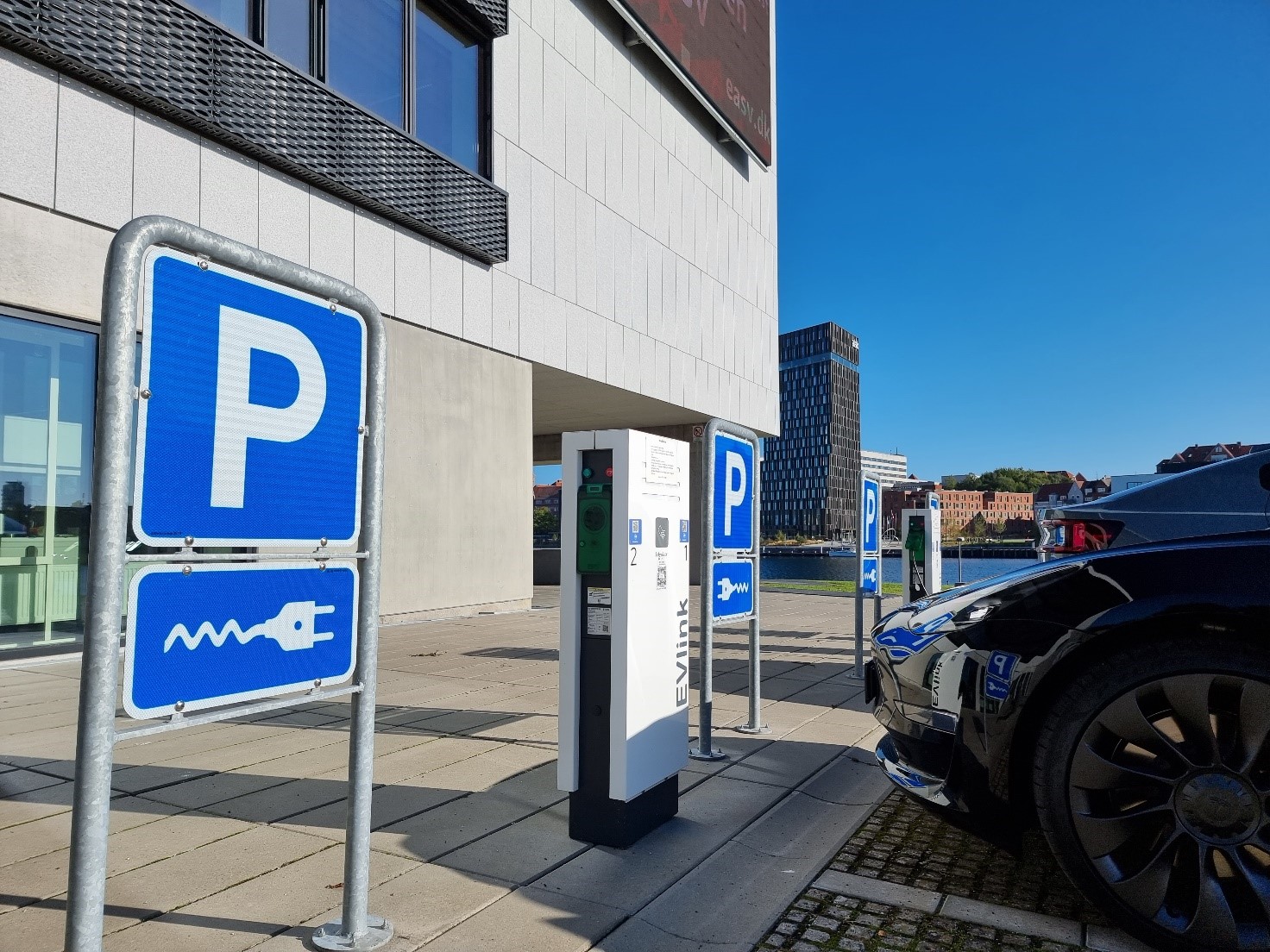The electrification of the transportation sector is envisioned to be essential to meet the European Union's decarbonisation and energy security goals. Electric vehicles (EVs) combine more efficient energy use with the opportunity of being driven by renewable energy sources, which are predominantly electrical. Further, electrification of transport also contributes to a diversification of energy supply, which results in an increased supply system security.
However, the transition to emission-reduced transportation involves various challenges. An increasing electric vehicle penetration of the motor market calls for suitable, affordable, and reliable support infrastructures, such as EV charging infrastructures.
Users need to be able to charge their electric cars at their workplaces. Better and more workplace charging facilities will encourage more drivers to use electric vehicles and reduce the need for large and expensive batteries.
To allow timely charging of an increased number of electric vehicles, the electrical net has to be either significantly expanded – which is a costly endeavour - or the charging has to be optimised by taking into account the need patterns of all customers, i.e., charging only where the charge is most urgently needed.
Research and new infrastructure made it possible at SDU Sønderborg
At SDU in Sønderborg, we have planned to buy e-vehicles and build charging infrastructure in 2019. Six charging points were integrated into the parking area when a new building was designed at the Mads Clausen Institute. This was a rather fortunate situation as new overall power supplies were built in any case, and the extra costs for the chargers could be minimised.
When constructing the new building, we had an Interreg5A co-financed research project that explored the possibilities of preventing peak loads by intelligently distributing the loads over time. Rebecca Adam continues this research at present at the CIE in Sønderborg. She explains: “There are intelligent methods that allow to flexibly upscale charging infrastructure, shifting loads over time, and target charging tariff-based, whenever the price is lowest.”
These are essential aspects that gain more interest as electricity prices skyrocket.
The frustrating part and a happy end
Despite this ongoing research and good arguments for using the new charging stations at SDU in Sønderborg, we could not use them. Legal restrictions do not allow a university to let the staff charge e-vehicles for free. We needed an operator that would deal with all the payments and enable us to extract the data on user behaviour anonymously for research purposes.
Two years passed in search of a provider that would fulfil our requirements. We found the company Base2Charge that offered to cooperate with SDU in Sønderborg. They worked on a solution that guaranteed the use of data and provided payment methods for various possibilities like MobilePay, Credit Cards and others.
We are very grateful for this offer as we now have unique charging facilities for all e-vehicles without needing a pre-agreed contract or card. At the same time, the researchers are allowed to collect data to improve intelligent and user-friendly charging algorithms using machine learning. Rebecca Adam explains: “Intelligent charging can mean load flattening to cost-efficiently upscale the charging-grid infrastructure, and load shifting to maximise the used percentage of renewable energy or cost-optimized charging.”
For Sønderborg, this has worked out nicely and might also be a solution for other campus sites.
